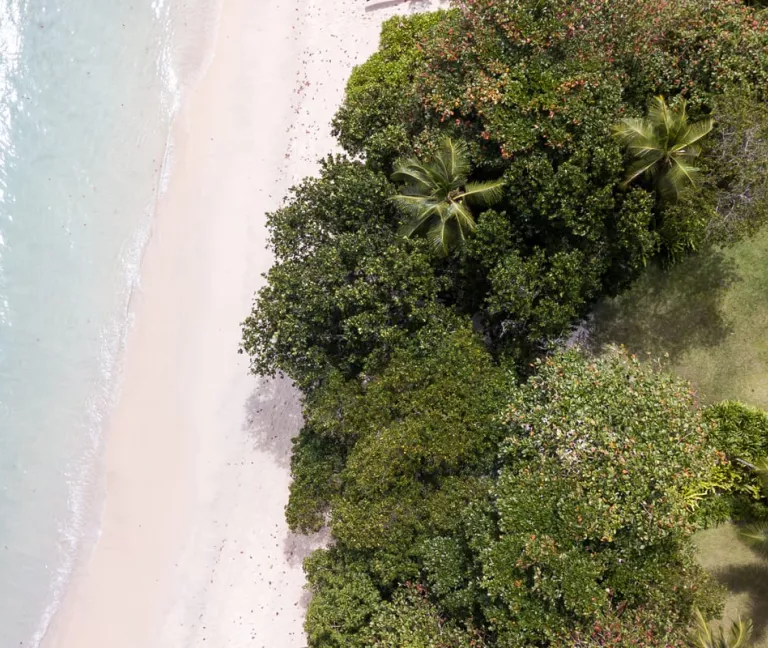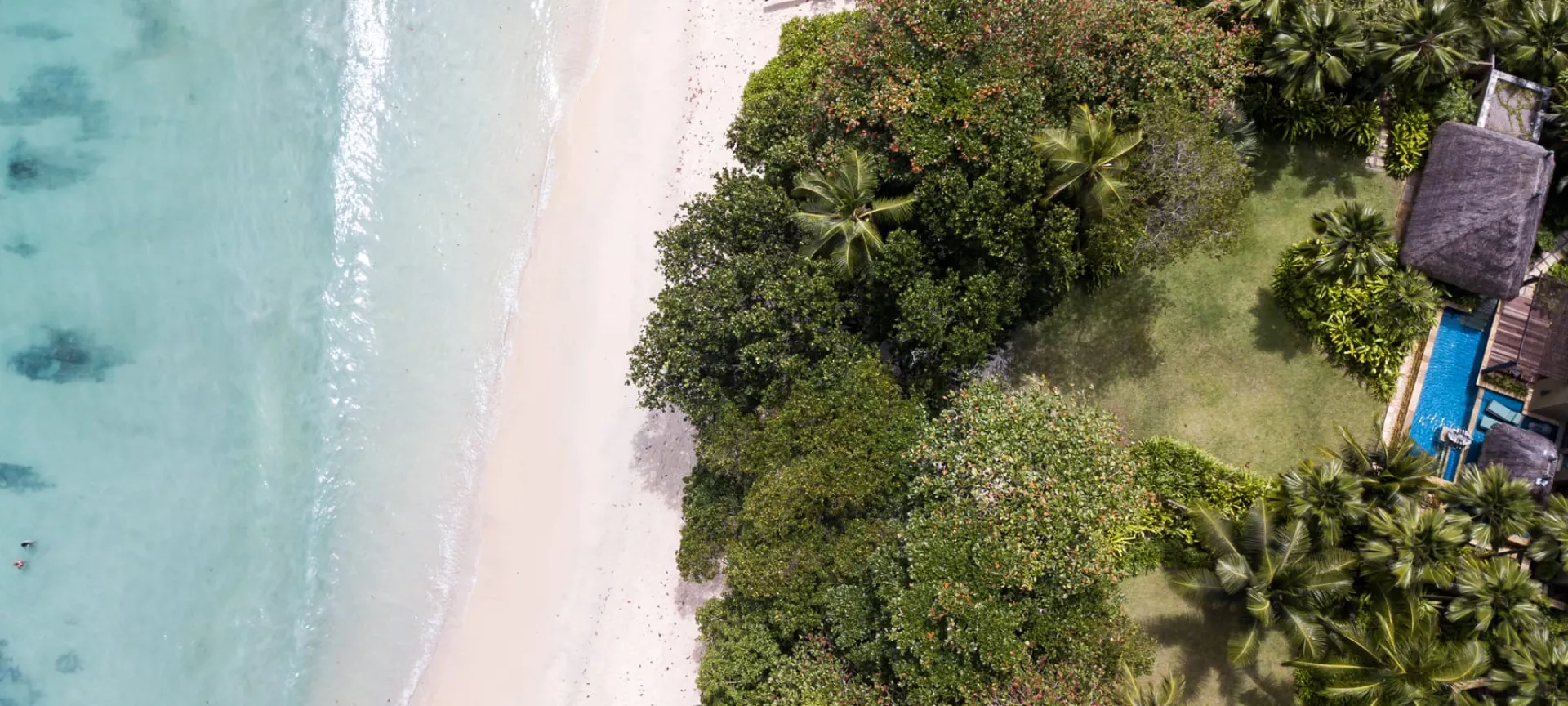
In this notebook entry I will revert to being a trainee guide who is faced with the enormous task of deciphering the bewildering diversity of mammals, birds, reptiles, grasses, trees and everything in between.
Each month I'll take a look at a few members of the flora and fauna tribes in the hope that we can teach you a little something to impress your guide when you arrive on safari.
--
Mammal of the month - Elephant

Herd of elephants photographed in Zambia's Lower Zambezi National Park - Toby Pheasant
To see elephants in the wild is one of life's most awe-inspiring moments. Their size, power and presence is quite spectacular. There are so many fascinating nuggets of information that we could share about elephants, too many for this post, although you can find out all about how their trunks work below.
Now, for an animal so large you would expect them to constantly be making an absolute racket when communicating with each other. Not the case though, elephants are in fact remarkably quiet, well most of the time.
Elephants communicate with a range of vocalisations, including infrasound (a frequency humans can't hear) rumbles they emit from the bridge of their trunks (and not their stomachs as is often thought). Other elephants can pick up these vocalisations through their hyper-sensitive feet from as far as six miles away. Incredible!
For a detailed look into how how elephant trunks work read the notebook post linked below.

Carmine bee-eater photographed in Zambia's South Luangwa National Park - James Handley
Every year between the months of August and February Carmine bee-eaters return to Zambia and Zimbabwe for their breeding season. Unlike the majority of bee-eaters, the carmine doesn't build a typical nest in a tree, instead they dig out a one metre deep tunnel into the banks of rivers.
They do this by creating a tripod between their wings and beak to free their feet to scrape backwards, as they get deeper into the hole they will also use their beaks. Why do they do this? As with most things in nature, to give their offspring the best chance of survival possible. By creating long tunnels midway up the banks of rivers the eggs are much harder to get to for any potential predators, including snakes, monitor lizards, raptors and genets.
Where to stay to see one: Mchenja Camp
--
Tree of the month - Winterthorn - Faidherbia albida

Forest of winterthorns photographed in Zambia's Lower Zambezi National Park - Toby Pheasant
Winterthorns are iconic trees of Zambia's Lower Zambezi and Zimbabwe's Mana Pools. The stunning high canopy these forests create give rise to many iconic photos of elephants standing up on their back legs reaching for seedpods.
Fascinatingly though, the trees that are synonymous with the Zambezi River are in fact very recent additions. Winterthorns, which naturally occur along floodplains, only began to grow after the building of a hydro-electric dam on Lake Kariba in 1959. The dam sadly led to a significant drop in the level of the Zambezi River, however nature has, as ever, adapted to this external influence and life is flourishing like never before along the river.
Where to stay to see one: Old Mondoro
--

Toby Pheasant
Toby first visited Africa at the tender age of four when he accompanied his family on their first of several safari holidays. From that moment on Toby’s love affair with Africa’s nature and wildlif...
View profileNever miss a notebook entry with our newsletter


